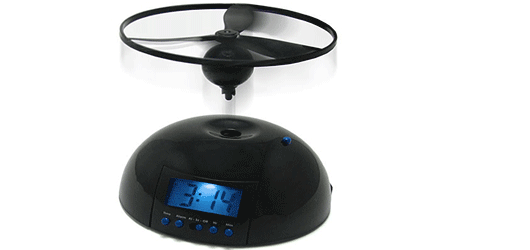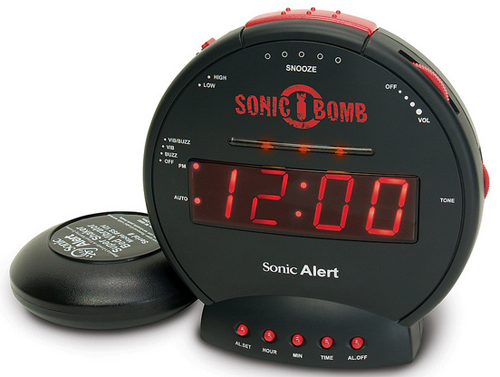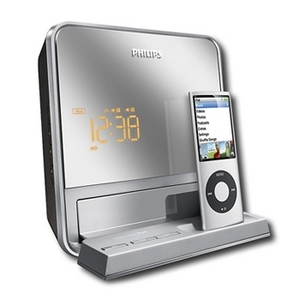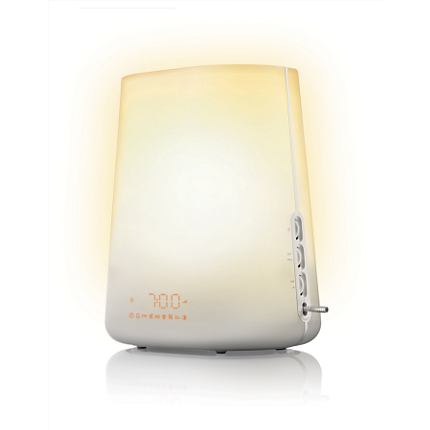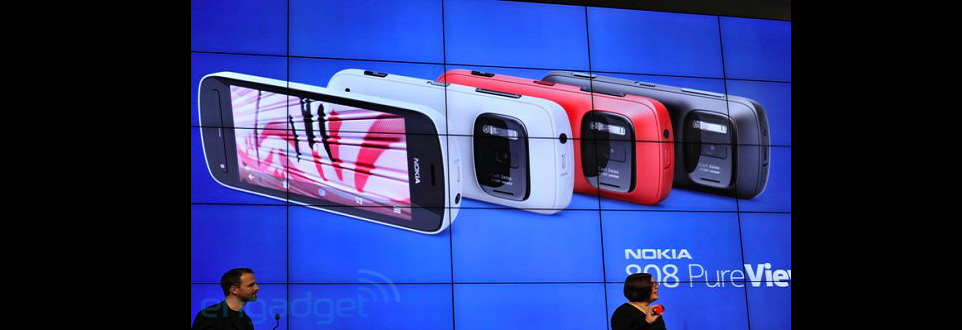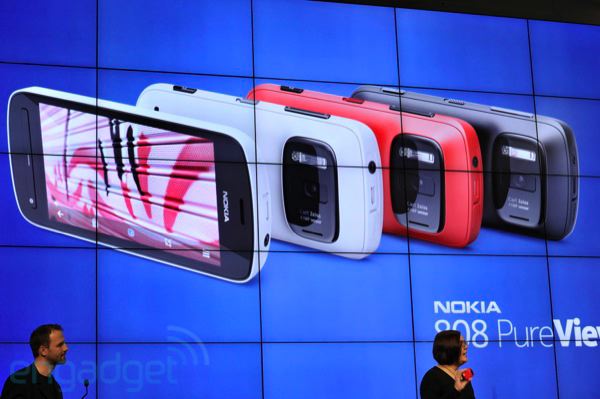It’s a dull, grey Monday morning; you’re due in work extra early for some ungodly reason, and before you fell asleep the night before you begrudgingly set your alarm, praying that it would successfully rouse you from your slumber. When it does finally go off, it’s unreasonably harsh and shrill. You blindly poke about, wishing to silence its incessant ring, and then, it’s all up to you. Do you have the discipline to get up and out of bed? Do you really feel in the right frame of mind?
Well, what if there was a clock which was specifically designed to get you up out of bed? I’m not talking about any old FM Tuner Radio Alarm Clock that can be found in John Lewis for a tenner, I’m talking about something that plays on your whimsical side, something designed to get you out of bed, entertain you, maybe even allow you to wake up naturally, rather than abruptly shaking you from that rather pleasant dream you were having.
Even better, what if I gave you 5 of them?:
The Flying Alarm Clock
It does exactly what it says on the tin; this alarm clock comes equipped with a mini propeller on top of the main hub. When the alarm goes, it will, as always, wake you up with its dull ring, but this time, it sends off the propeller flying into the air, and the only way to cease its howling is to pluck the propeller and stick it back in its rightful place.
This can be annoying, and may not do wonders for your mood, but it is designed specifically to get you out of bed, ensuring that you don’t hit snooze and drift off again, as we’ve all done from time to time.
The Sonic Bomb
This one is a monster; it consists of a double-feature: the clock coming with a vibration pad which is placed under the pillows and acts as a sort of practical insurance policy. There will be no problem getting up with this super-loud alarm piercing the silence each morning (you are, of course, able to tone down the volume to your preference), and literally shaking you awake. Seriously, the maximum volume is 113db, which is louder than a chainsaw. So, this should be taken as a note of caution to all potential buyers.
This product is perfect for those who care only about being roused efficiently in the morning, but if you’d rather get up in a better, lighter mood, read on…
The iPod Alarm Clock
There are quite a few of these on the market. It makes viable sense to attach your iPod to your alarm clock and have it play you awake. After some research, I would recommend anything made by the Phillips brand, as they seem to be highly popular with customers and are invigorated through many different, fun designs. In particular, the DC190B model caught my attention. It allows the user to fiddle with different alarm times for weekdays and weekends, which is a plus in my opinion, and it lets you fling your iPod/iPhone on to the attachment, slotting in perfectly, and allows you to wake up to your favourite tunes. An FM/AM radio tuner is built-in as well, and you have all the power you need.
Ideal for those looking to wake up to something a bit different rather than a monotonous ringing, and giving each morning an extra spice.
The Natural Light
This ‘alarm’ clock is perhaps one of my more unique discoveries. The idea behind it is scientifically proven and accurate, but may not be ideal for those who are adamant about when they get up. Another Phillips product, this clock works by turning itself on 30mins before your desired alarm setting, slowly increasing the amount of light it emits, so, akin to the sun shining into your room, by the time your selected alarm time comes around, you will find yourself gently roused by the natural light produced.
Additionally, you can use it as a bedside lamp for a spot of light reading, and it comes equipped with a few select easy-listening sounds, such as early morning birds, or the silky smooth sway of the ocean’s waves for those wishing to be somewhere else.
Clocky
‘Clocky’ draws many a resemblance to our flying friend above in that the user must leap out of bed and catch something in order to retain the peace and quiet of the morning. I included it because, quite frankly, it amused me to no end.
The method behind this playful device is that you get one chance to wake up, and if you choose to neglect that opportunity and slam your hand down on the snooze button, ‘Clocky’ sets off. It rolls down your night-stand, and, able to roll on both wood and carpet, it spins this way and that, emitting the usual shrill drone, whilst you’re treated to an early morning work-out as you scuttle around behind it. By then, you’ll be fully awake and prepared for your morning shower and coffee. ‘Clocky’ is small, an ideal fit for your bedside table, and good for travel. A good idea for students in particular.
5 great gift ideas for anyone looking to pack a whimsical punch. There are many sublime models out there, and searching for the mentioned products will definitely lead you to other sites and links, but these 5 are the best I found.

